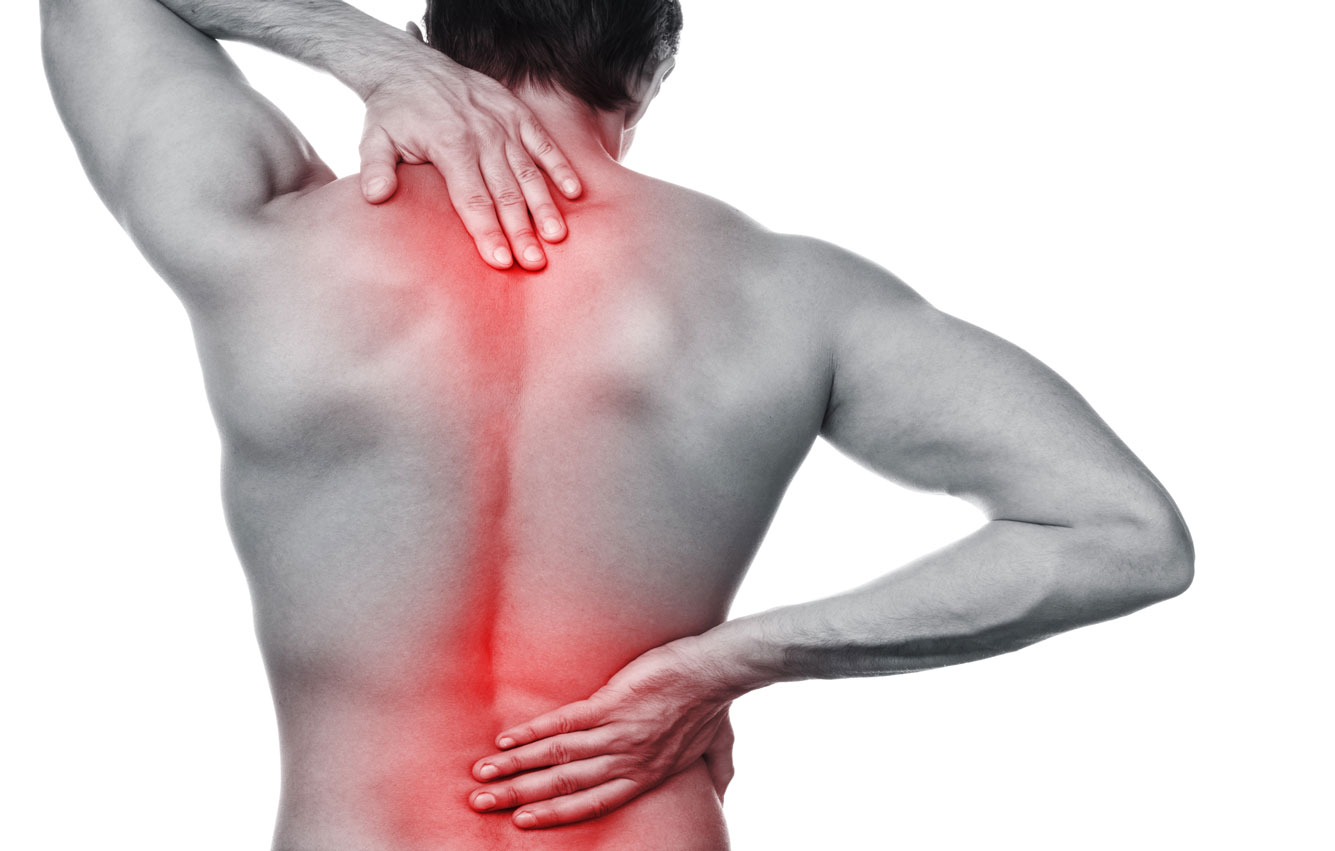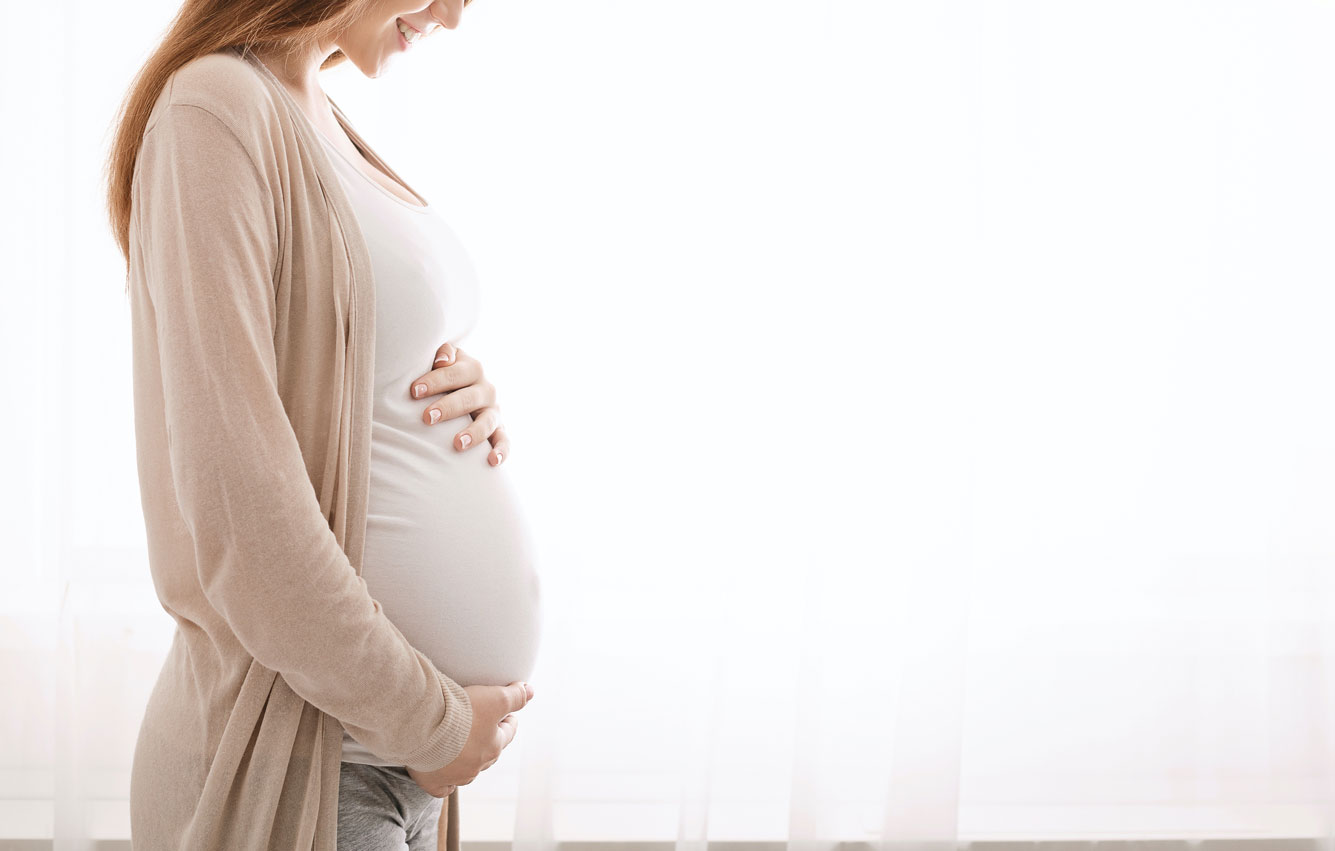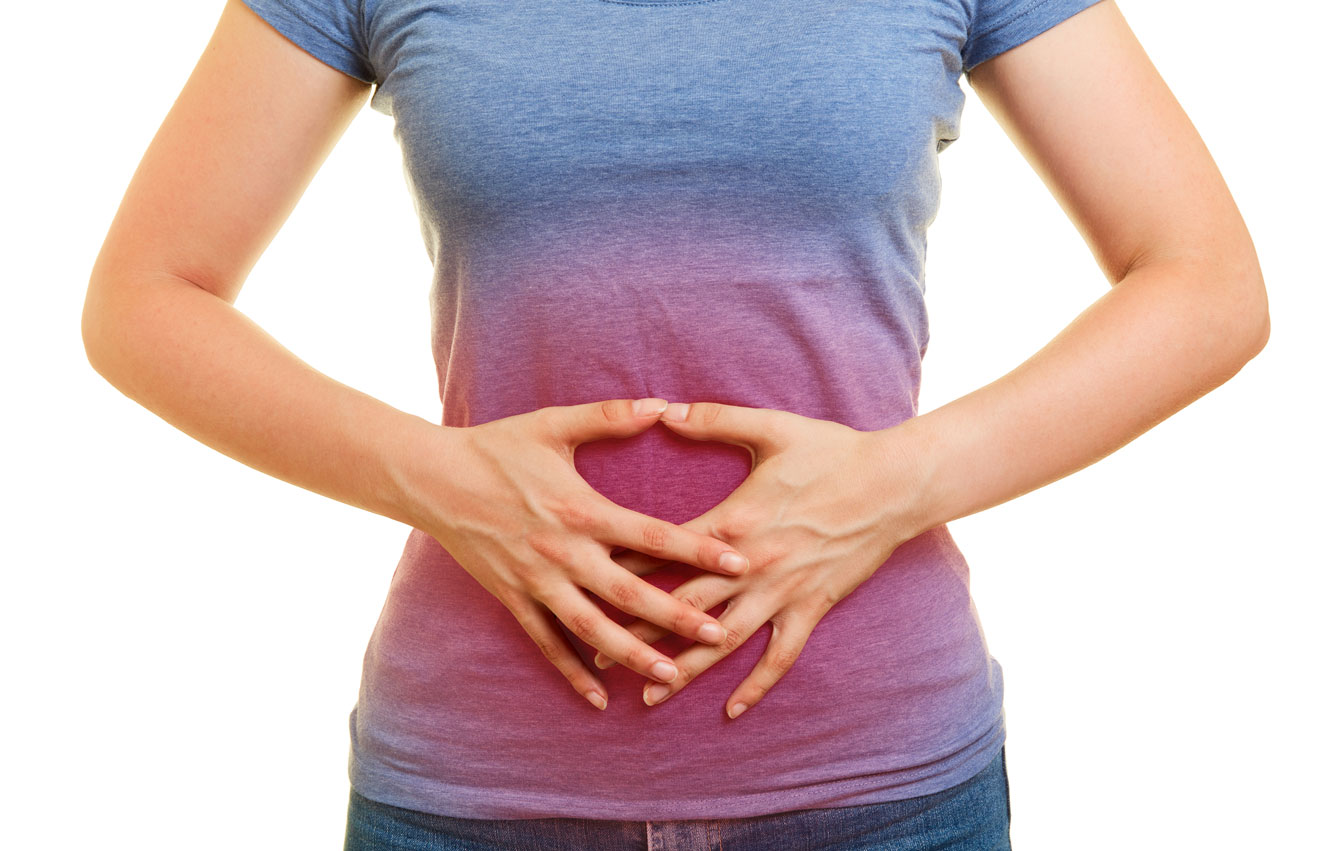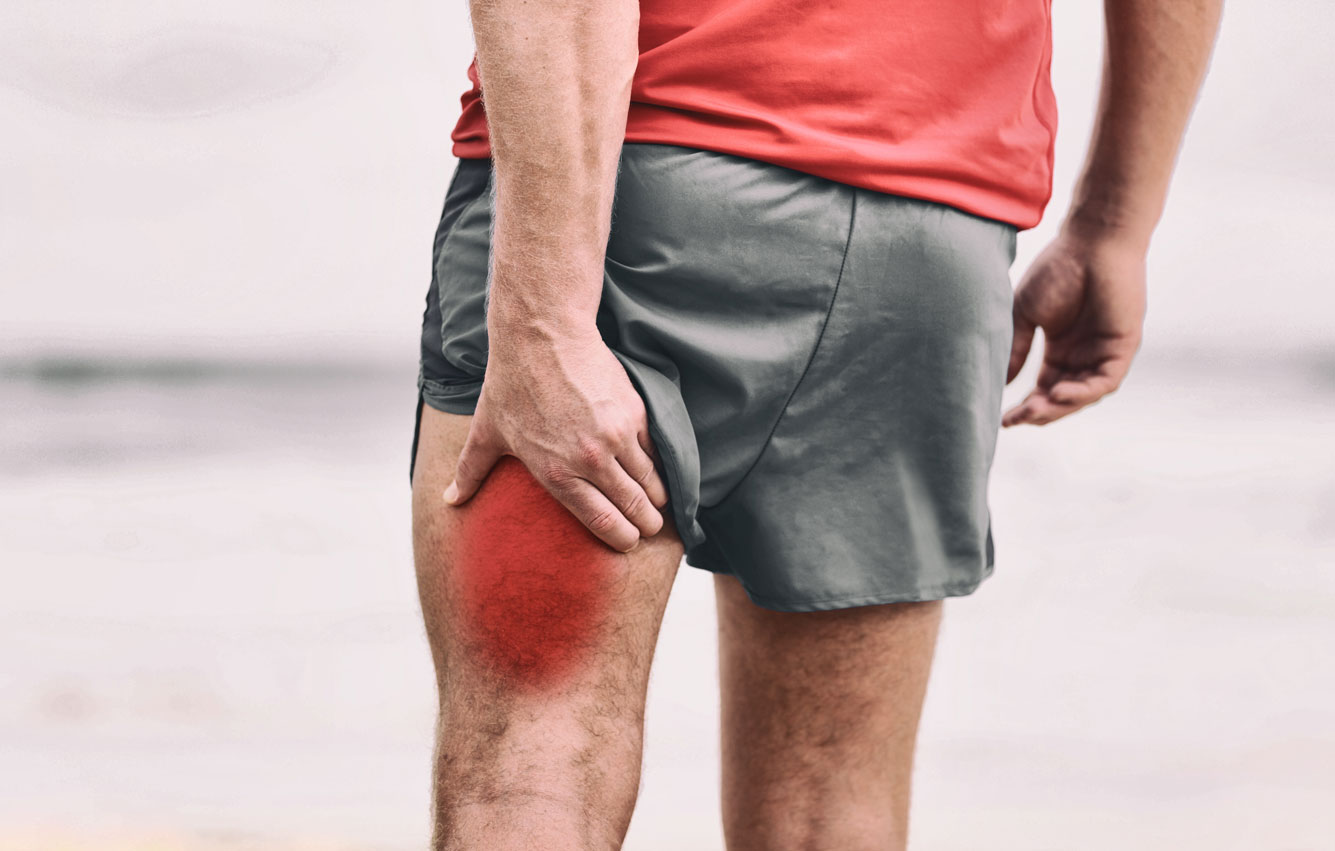EACH OSTEOPATHIC TREATMENT IS INDIVIDUALLY ADAPTED TO THE SYMPTOMS OF THE PATIENT
TREATMENT
A detailed initial discussion (anamnesis) about the reason for the consultation, medical history and living habits helps the osteopath to assess the symptoms. If osteopathic treatment is not indicated, your osteopath will refer you to a suitable specialist.
Clinical and osteopathic examination consist of observation, general medical tests, osteopathic tests and palpation. Palpation is the basis of osteopathic diagnostics. With his trained sense of touch, the osteopath searches for movement restrictions and tension in the patient’s body.
Each osteopathic treatment is individually adapted to the patient’s symptoms and usually takes between 30 and 60 minutes. Reactions after the treatment, such as a short-term worsening of the symptoms, are possible and nothing to be concerned. The progress of the treatment depends on the individual case.
Movement improves all body functions and promotes physical and mental health by stimulating the exchange of fluids not only in the joints, but in all internal organs such as the brain, heart, liver and kidneys.

OSTEOPATHY FOR PAIN
Osteopathy as a primary measure can help with disorders and pain. It is not limited to findings of imaging procedures, but also looks at connections between the different structures in the body (skeleton, organs, meninges, etc.)
Thanks to the variety and range of osteopathic techniques, chronic pain patients can benefit from treatment.
Osteopathy can be used as a complementary medical treatment in an interdisciplinary framework.
Indication for osteopathy for pain
- Back pain
- Pelvis/ groin pain
- Lumbago, back pain
- Neuralgia, sciatica
- Whiplash
- Shoulder and neck complaints/tensions
- Headache
- Intercostal pain
- TMJ disorders
OSTEOPATHY DURING PREGNANCY AND RECOVERY
During pregnancy, the woman’s body undergoes numerous changes and developments to accommodate the growing fetus. Hormonal changes, changes in posture, weight gain and loss of movement change the body statics.
After birth, the body has to recover, which leads to other changes and demands a lot from the body. Pelvis, internal organs, muscles and joints are extremely stressed.
Osteopathic treatment aims to rebalance movements, release blockages and bring the body into a new balance so that it can adapt optimally to the new circumstances.
Indication for osteopathy during pregnancy and regression
- Back pain
- Pelvis/ groin pain
- Headache
- Scar pain
- Carpal tunnel syndrome
- Digestive problems / reflux
- Vulvodynia


OSTEOPATHY DURING PREGNANCY AND RECOVERY
During pregnancy, the woman’s body undergoes numerous changes and developments to accommodate the growing fetus. Hormonal changes, changes in posture, weight gain and loss of movement change the body statics.
After birth, the body has to recover, which leads to other changes and demands a lot from the body. Pelvis, internal organs, muscles and joints are extremely stressed.
Osteopathic treatment aims to rebalance movements, release blockages and bring the body into a new balance so that it can adapt optimally to the new circumstances.
Indication for osteopathy during pregnancy and regression
- Back pain
- Pelvis/ groin pain
- Headache
- Scar pain
- Carpal tunnel syndrome
- Digestive problems / reflux
- Vulvodynia

PEDIATRIC OSTEOPATHY
Before, during and after birth, physical tensions can develop, especially in the case of birth malpresentation, birth with the help of vacuum extraction or caesarean section. This is an enormous strain for the delicate baby’s body. During growth, the children develop skills on different levels: they learn to grip, sit, crawl, walk, speak, etc.. In doing so, they naturally go through various phases of biomechanics and statics. This also includes falls and setbacks.
An osteopathic treatment can provide targeted support for the immature and growing tissues and thus help the child in its growth and development process. It improves general health and also strengthens natural resources.
Cranio Sacral Therapy, with its gentle manual impulses, is particularly suitable for newborns. With minimal pressure and fine movements, various “interference fields” on the skull bones, sacrum and meninges can be treated.
Indications for osteopathy in babies:
- Colics
- Breastfeeding problems
- Skull Asymmetry
- Torticollis
- Reflux
- Insomnia
- Aftercare of children with problematic births
- Digestive problems: flatulence, diarrhoea, constipation, colic
OSTEOPATHY AND DIGESTIVE SYSTEM
There are close physiological connections between the musculoskeletal system and the internal organs (Latin: viscera) and their surrounding structures. Most organs are surrounded by the peritoneum. Connective tissue connects the organs to each other and to the skeleton.
Scars, malpositions, inflammations or malfunctions of the organs can lead to restrictions in the organs’ own movement. Due to the disturbed rhythm, tensions, adhesions or chronic overloading can develop in the long term. Interrelationship between the skeleton and the internal organs or malfunctions of the organs can result in poor posture or tension in the muscular system.
An osteopathic treatment can restore the mobility of the organs in the abdominal and thoracic region and promote the vitality and functionality of an organ.
Indications for visceral osteopathy:
- Digestive disorders
- Hiatus hernia
- Reflux
- Nausea
- Scar treatment after operations
- Menstrual cramps
- Pelvic floor pain


OSTEOPATHY AND DIGESTIVE SYSTEM
There are close physiological connections between the musculoskeletal system and the internal organs (Latin: viscera) and their surrounding structures. Most organs are surrounded by the peritoneum. Connective tissue connects the organs to each other and to the skeleton.
Scars, malpositions, inflammations or malfunctions of the organs can lead to restrictions in the organs’ own movement. Due to the disturbed rhythm, tensions, adhesions or chronic overloading can develop in the long term. Interrelationship between the skeleton and the internal organs or malfunctions of the organs can result in poor posture or tension in the muscular system.
An osteopathic treatment can restore the mobility of the organs in the abdominal and thoracic region and promote the vitality and functionality of an organ.
Indications for visceral osteopathy:
- Digestive disorders
- Hiatus hernia
- Reflux
- Nausea
- Scar treatment after operations
- Menstrual cramps
- Pelvic floor pain

OSTEOPATHY AND SPORT
Sport demands high performance for the body. Peak performance must be available at a desired time, this is only possible if the musculoskeletal system is functioning and interacting optimally. Misalignment and poor posture can lead to overstrain, discomfort, injuries or even a drop in performance.
An osteopathic treatment can specifically support professional and amateur athletes in the prevention or treatment of disorders of the musculoskeletal system.
Sport osteopathy is used to support, increase performance or optimize technical gestures and promotes natural regeneration processes.
Indications for sports osteopathy:
- Tennis elbow
- Sprains
- Inflammation of tendons
- Muscle injuries
- Shoulder pain
- Intercostal pain
- Groin pain
- Golf elbow
- Carpal tunnel syndrome
- Joint problems
OSTEOPATHY AND PREVENTION
Malfunctions often show no symptoms at the beginning. Therefore, prevention plays an essential role in osteopathic treatment.
Early detection and elimination of dysfunctions can prevent muscle tensions, muscle injuries, joint overload, balance disorders and pain. It can also strengthen the immune system. Everyone can benefit from this type of prevention.
Indications for prevention:
- Stress
- Psychoemotional stress states
- Work related malpositions
- In infants after a long/difficult birth
- Preparation / regeneration during sports activities
- Problems in the jaw area


OSTEOPATHY AND PREVENTION
Malfunctions often show no symptoms at the beginning. Therefore, prevention plays an essential role in osteopathic treatment.
Early detection and elimination of dysfunctions can prevent muscle tensions, muscle injuries, joint overload, balance disorders and pain. It can also strengthen the immune system. Everyone can benefit from this type of prevention.
Indications for prevention:
- Stress
- Psychoemotional stress states
- Work related malpositions
- In infants after a long/difficult birth
- Preparation / regeneration during sports activities
- Problems in the jaw area